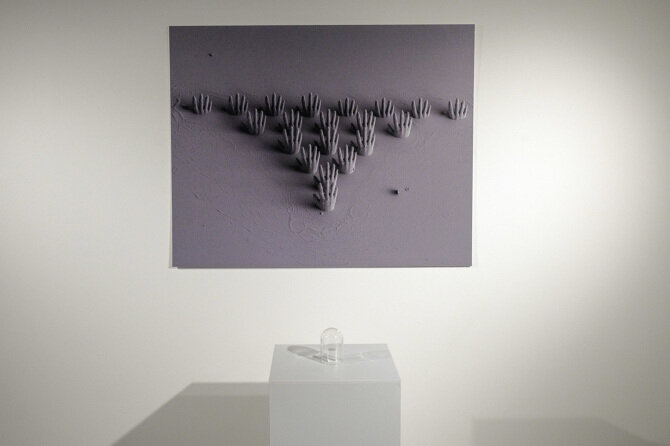S+T+ARTS RESIDENCIES
ART X TECHNOLOGY X INNOVATION
The STARTS Residencies Program organises collaborations between artists and tech projects. VERTIGO is funded under the H2020 European STARTS initiative, innovation at the nexus of Science Technology, and the ARTS.
STARTS promotes the arts as catalysts for efficient conversion of science and technology knowledge into products, services, and processes. To achieve this objective, VERTIGO is organizing and funding artist residencies within Tech projects.
The program is organised in three yearly open calls for proposals which will be selected by an international jury. At least 45 residencies will be selected and the selected artists will contribute to the innovative aspects of Tech projects’ research by bringing original perspectives through artistic practices. Those practices should naturally lead to an original artwork based on the project technology featuring novel use-cases with a high potential for innovation. VERTIGO will also act as a platform to showcase produced works to the public and actors of innovation.
SCI-FI MINERS
CritCat X João Martinho Moura
There is an abyss between emerging nanotechnologies and the general society provoked by the fact that scientists and the public speak “different languages”. To tackle this communicational and emphatic issue, we believe in the co-development of artworks and experiments that can change people’s perception of nanotechnology by promoting understanding.
O.R.S. (ORBITAL RIVER STATION)
NANO2WATER X HeHe
Being part of the NANO2WATER project team, the artist will have access to all project technologies and know how, including prototypes and validation reports, image banks, data sets and a variability of sounds produced by a complete set of high performance equipment.
MARK II SPIKING PERCEPTRON
CHIPAI X MATHEW BIEDERMAN
In order to explore the intricacies of the ChipAI technology, the artist proposes to look back at one of the earliest forms of embedded AI technology, the Mark I Perceptron, developed by Frank Rosenblatt in 1957 at Cornell University. Rosenblatt, a neurobiologist who was interested in how the eye of a fly acted as both the sensor and processing unit for the fly to flee in certain situations.




